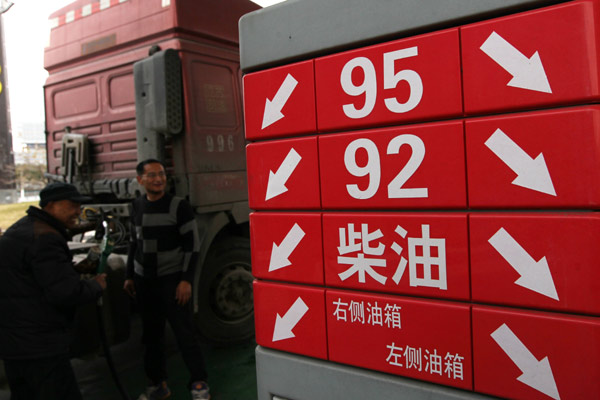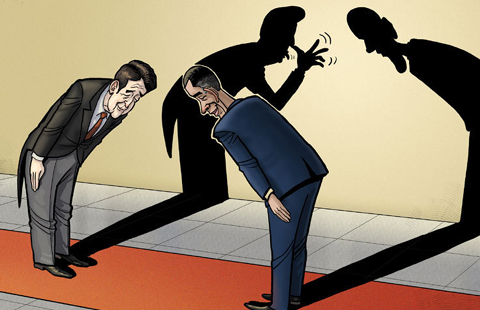Expert: Oil prices may recover at end of 2015
By Jim O'neill (China Daily) Updated: 2014-12-29 07:37
 |
|
A gas station in Nantong, Jiangsu province. Continued falls in global crude oil prices have triggered another cut in domestic retail fuel prices, with the nation's top economic planning agency saying that the revised prices will come into effect on Dec 27. [Xu Congjun / for China Daily] |
I used to joke that the most important thing I learned from my research was never to attempt to forecast the price of oil. As 2014 comes to a close, the price of oil has just crossed the $100 threshold again - this time headed down. One of the big questions for 2015 is whether the decline will continue. Despite my earlier cynicism, I do believe that it is possible to make a broad prediction as to where oil prices are headed.
Over the course of my career, I have tried to determine whether there is such a thing as an equilibrium oil price. I have spent many hours trying to guide, cajole, and beg my energy analysts to create a model that might identify it, just as we have for currencies, bond yields, and equities. I have also discussed the idea with industry experts, most of whom believe that one exists, but that it moves around a lot, because it is greatly influenced by the marginal cost of oil production - itself an unstable variable. My conclusion is that a good indication of this moving equilibrium does exist: the five-year forward oil price, or the amount paid for guaranteed delivery of oil five years from now.
A few years ago, I began paying attention to the five-year forward oil price as it compares to the Brent crude oil spot price, the price of a barrel of oil today. I suspect that the five-year forward price is much less influenced by speculation in the oil market than the spot price, and more representative of true commercial needs. So when the five-year price starts moving in a different direction than the spot price, I take notice.











